Number of the day first grade
Number Sense FREEBIE Number of the Day Back to School First Grade Practice
Will you be teaching in the classroom, using distance learning, hybrid learning or homeschool learning this year? Now, Number of the Day is adaptable to whatever learning situation in which you find yourself. First-grade math students need daily number sense practice. These PRINTABLE, easy-to-use first grade Number of the Day activities are the perfect way to practice number sense. Your kids will love them in the classroom or as a take-home packet. This is a whole week of Back to School Number of the day FREE.
This unit includes ONE WEEK of PRINTABLE pages great for in-class or distance learning.
For a whole month of DIGITAL + PRINTABLE version for use with Google Slides™ CLICK HERE.
For a month of PDF PRINTABLES ideal for distance or in-class learning only CLICK HERE.
Purchase the Whole Year--Including BOTH PDF and DIGITAL versions here:
Number of the Day {The Whole Year} First Grade Bundle
***My kids can literally not put these down! They would rather do this back to school work than anything else in their day. I even find them sneaking around to work on it.***
***You may begin using this resource the first day of school because it is NO PREP***
Number of the Day practice includes:
**Number line completion. (K.CC.1) (1.NBT.A.1)
**Counting forward from the number. (K.CC.2)
**Writing numbers. (K.CC.3)
**Representing numbers through pictures. (K.CC.B.4)
**Comparing numbers. (K.CC.6)
**Addition and subtraction within ten. (K.OA.A.2)
**Adding and subtracting within twenty. (1.OA.C.6)
**Counting on to add. (1.OA.C.5)
**Representing numbers on a ten frame. (1.NBT.B..2)
**One more, one less. (1.NBT.C.5)
**Odd/Even. (2.OA.C.3)
This unit is aligned with the Kindergarten and First Grade Common Core Math Standards, and includes five days of practice with a back-to-school theme. Each of my other Number of the Day units are divided into four sets of five with a cover page with blank and completed hundred charts.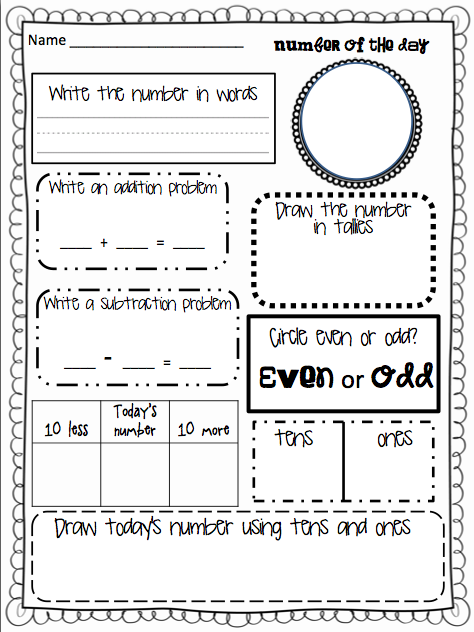 These pages can be used as a daily warm-up/spiral review, work for fast finishers, or for homework.
These pages can be used as a daily warm-up/spiral review, work for fast finishers, or for homework.
I have used ‘guided math’ in my classroom for over ten years. I begin my teaching time block teaching/spiraling math concepts as a whole group, but most of my math block is devoted to guided practice in small groups followed by independent or small group practice, centers and intervention. I begin my math time every day with a page from my popular Number of the Day series. You may find more math in this “printable” format in my store.
I hope that you and your kids enjoy this fun back-to-school resource. Check back soon. I continue to add Number of the Day units daily!
Mrs. Balius
++++++++++++++++++++++++++++++++++++++++++++++++++++++++
Customer Tips:
How to get TPT credit to use on future purchases:
• Please go to your My Purchases
page (you may need to login).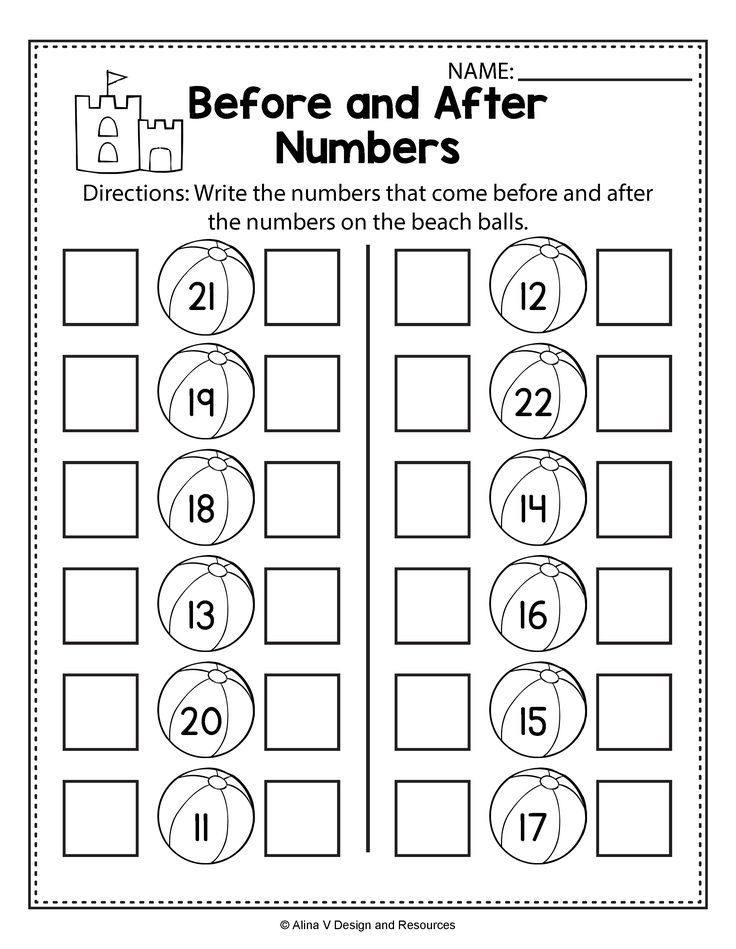 Beside each purchase you'll see a Provide Feedback button. Simply click it and you will be taken to a page where you can give a quick rating and leave a short comment for the product. Each time you give feedback, TPT gives you feedback credits that you use to lower the cost of your future purchases. I value your feedback greatly as it helps me determine which products are most valuable for your classroom so I can create more for you.
Beside each purchase you'll see a Provide Feedback button. Simply click it and you will be taken to a page where you can give a quick rating and leave a short comment for the product. Each time you give feedback, TPT gives you feedback credits that you use to lower the cost of your future purchases. I value your feedback greatly as it helps me determine which products are most valuable for your classroom so I can create more for you.
Be the first to know about my new discounts, freebies and product launches:
• Look for the green star next to my store logo and click it to become a follower. You will now receive email updates about my store.
Number of the Day Activities to Boost Math Success – Proud to be Primary
Tips for implementing number of the day activities in a primary classroom. Includes free printable for students to fill in with number representations and a number poster.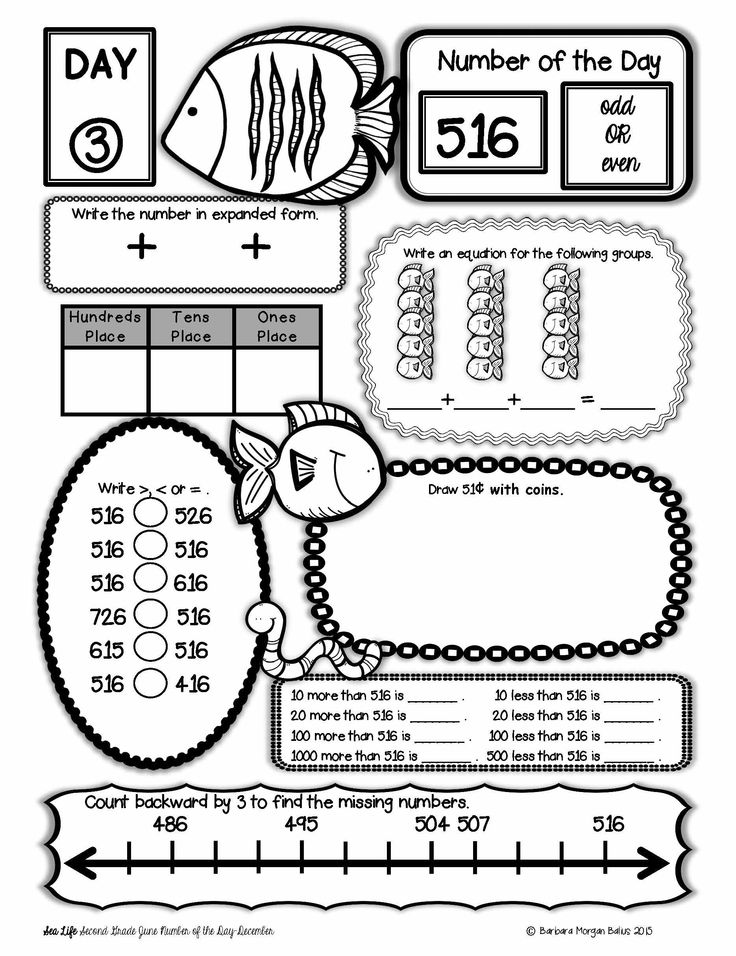
Number of the Day Activities
Many teachers love to implement a daily routine to help kids learn about numbers and number sense. Today we’ll look at how to run a number of the day activities in your primary classroom. Follow these routines, ideas, and tips for easy daily practice with numbers that kids will love!
Creating a Number of the Day Chart
The easiest way to use a number of the day routine in your classroom is to create a visual for the kids to reference. As they familiarize themselves with the visual, kids gain confidence and skill. The best way to do this is by creating a colorful chart with all the information the kids will need during the daily activity. It can be as simple as a posterboard!
Any bright colors and font cut-outs will do! A large title, followed by examples for ways to write and represent the number, along with a number line is all you need! Use the free download at the bottom of this post (or download it from here) to create yours like this image:
Using Number of the Day in the Classroom
Number of the day works really well for numbers 1-20.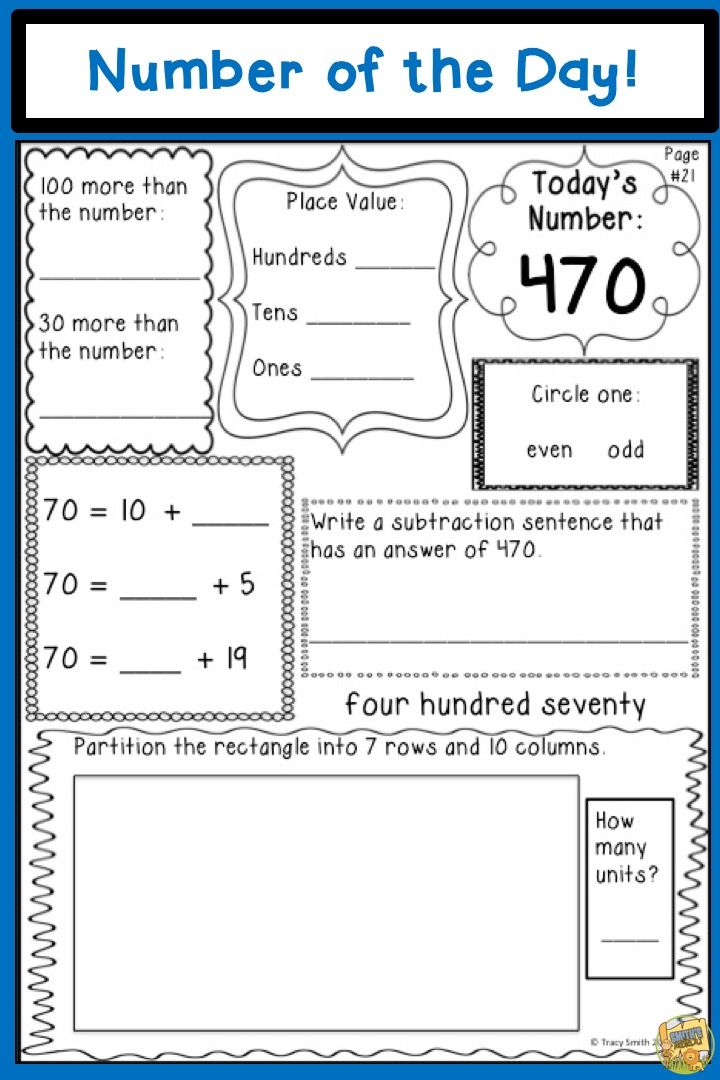 If you teach primary grades, it’s an ideal activity. Every week, study one number, or you could even do more than one number each week. Have each student grab a small whiteboard, dry erase marker, and find a spot at the carpet where they can see the “Number of the Day” anchor chart. Create a number of the day anchor chart that you can reuse each time by laminating it.
If you teach primary grades, it’s an ideal activity. Every week, study one number, or you could even do more than one number each week. Have each student grab a small whiteboard, dry erase marker, and find a spot at the carpet where they can see the “Number of the Day” anchor chart. Create a number of the day anchor chart that you can reuse each time by laminating it.
Children start by drawing two lines to create a cross on their whiteboards. Go through the different number concepts (below) together step by step. Give them a chance to try on their own. Then, ask for responses and write them down on the class chart. Kids can come up and record what they wrote if desired.
Number of the Day Concepts
Concepts to Cover
1. Write the Number Word – Have posters with the numbers words on a higher wall if they need to look.
2. Draw the Number using Dice – Remind the class that dice only go up to 6 each.
3. Tally Marks – I use the short poem “1, 2, 3, 4, number 5 shuts the door, 6, 7, 8, 9, number 10 draws the line, to help kids learn and remember.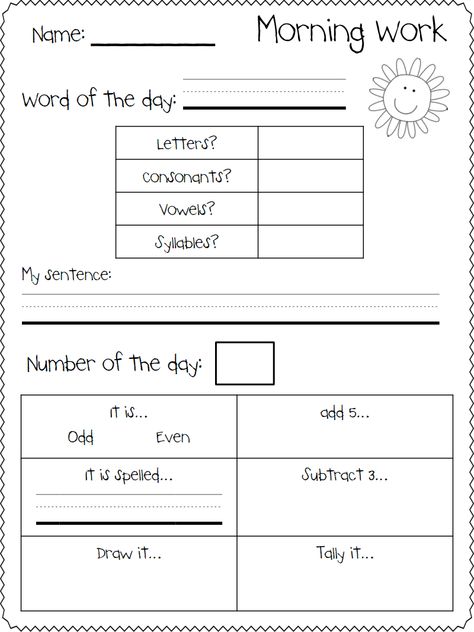
4. Even or Odd – Have them draw pairs of dots as they count to see if the number has a partner. If it does, then it’s even, and if not, then it’s odd. Tell them that you only need to look at the last digit in a double-digit number.
5. Draw a Picture – Let them draw a picture to show their number.
6. Ten Frames – Teach them how to quickly draw a ten frame and then they draw dots on the frames to show the number.
7. More and Less – Show what is 2 and 1 less and more than the number.
8. Addition Sentences – Encourage kids to come up with at least one addition sentence that equals the number of the day. This is a great time to review addition concepts like using own fingers, drawing a picture, knowing rules like +0 or +1, flip flop strategy, counting on, etc. Then share as a group and have them read and write the sentences we come up with.
9. Subtraction Sentences – Same with addition except using the number of the day to start with, example 14-?=?
Watch kids and what they record.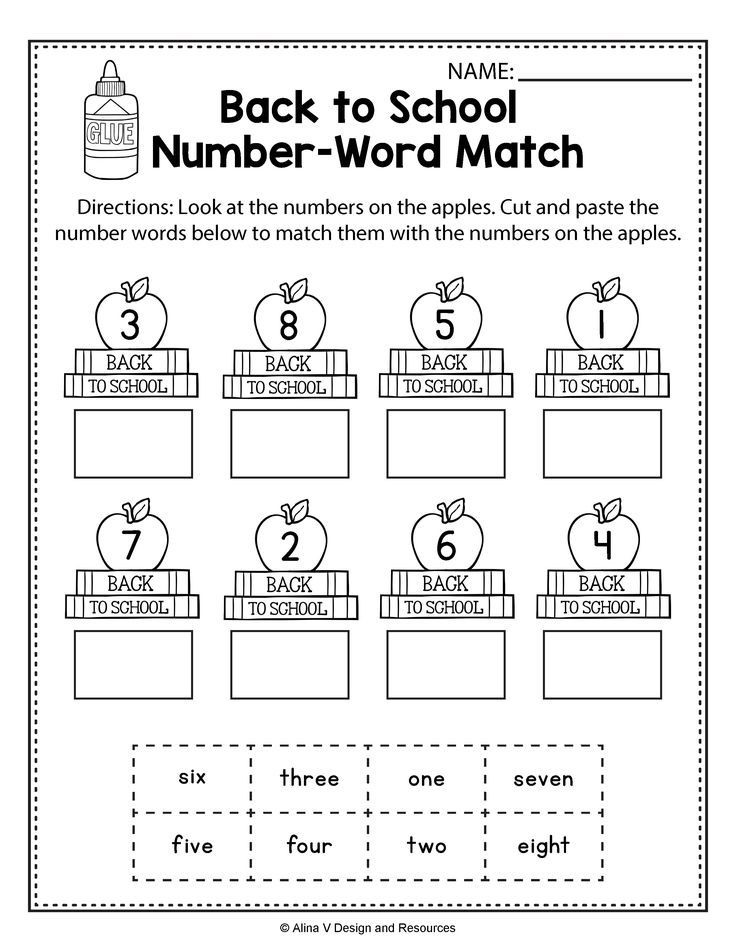 You can easily see how they are doing with number concepts, and it is a quick check-in assessment.
You can easily see how they are doing with number concepts, and it is a quick check-in assessment.
Number of the Day Builds Confidence with Repetition
This math talk routine will help them gain confidence by sharing their work and new skills. It helps that it is repetitive, and everyone does it together. Children love using whiteboards and find this routine enjoyable.
Number of the Day Materials
For the “Number of the Day” poster anchor chart, take a large black poster board and cut out different pieces of yellow paper. Glue the yellow pieces on the poster board and add bulletin board letters to make a title. Laminate it so that it can be easily cleaned and reused every week. Find free materials to create your poster below!
Some days, have students complete the number of the day activities on their own at their desks. Give them one of the sheets provided in the “Number of the Day” template pack (link to the product below). Use the sheets for assessment to see how much they can show about a given number independently.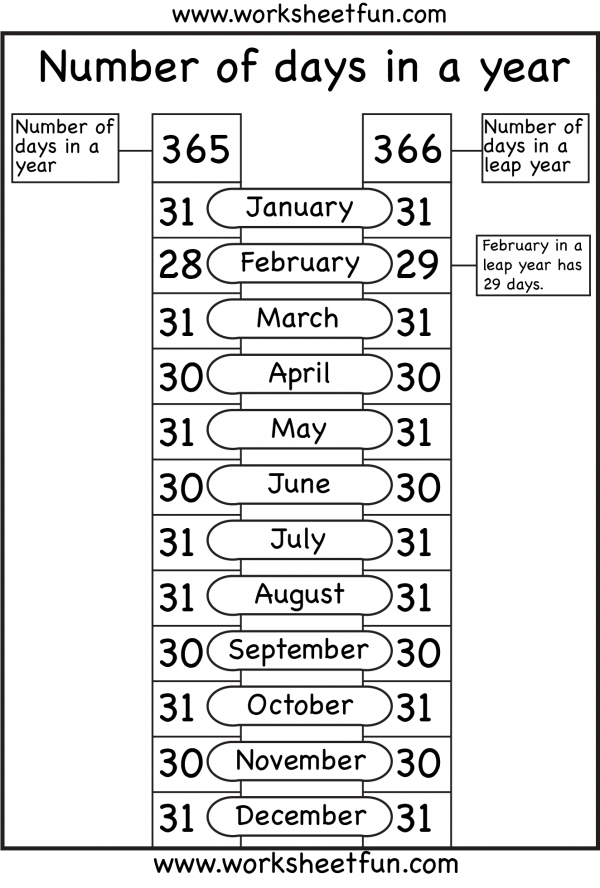
FREE Number of the Day Poster
Want to create an effective number sense routine that leads to fluency with numbers to 20? Start today with the FREE Number of the Day poster kit.
Click the image below to download your poster kit!
Try the Mindful Math Comprehensive Program
Read about the Mindful Math program and how it can change your Math block in positive ways! This comprehensive Math curriculum is available for kindergarten, first grade, and second grade.
More Engaging Math Activities
Math Mats
Number Line Games
Math Program: Mindful Math
PIN
FREE Number Sense Email Series
Sign up for the building number sense email series filled with effective strategies, must try activities, and FREE resources to build routines in your classroom. Everything you need to help kids grow their number sense and have fun at the same time!
First Name
Personal Email Address
We use this field to detect spam bots.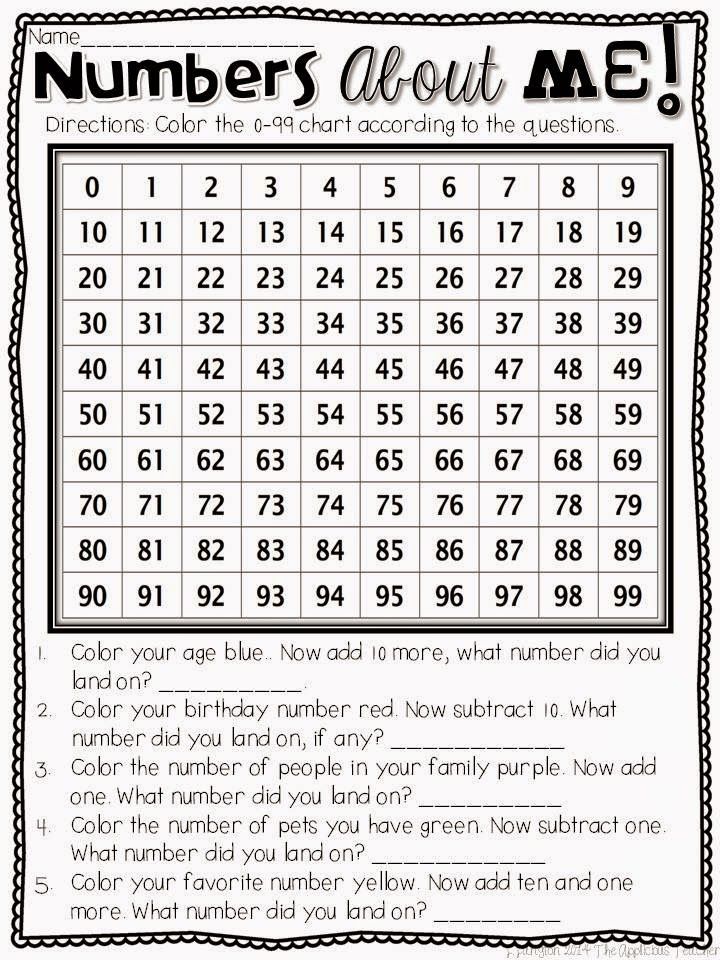 If you fill this in, you will be marked as a spammer.
If you fill this in, you will be marked as a spammer.
I'd like to receive the free email course.
This form collects information I will use to send weekly emails with strategies, promotions, and resources. Unsubscribe at any time. Powered by ConvertKitsample template of the correct day regimen of grade 1 for parents
The daily regimen of a first grader is the basis of the basics. The first grade for many children becomes a real test of strength: new responsibilities appear, it is necessary to obey the teacher and complete his tasks, pass through a huge amount of new information, focus on the lessons, show independence and be responsible.
The daily routine of a first-grader for parents helps to structure the child's time, relieve him of unnecessary stress and allocate time for rest.
How the daily routine affects the child's progress
The daily routine of a first grader is not a list of postulates that must be dogmatically adhered to, and it is important for both the first grader and parents to understand this.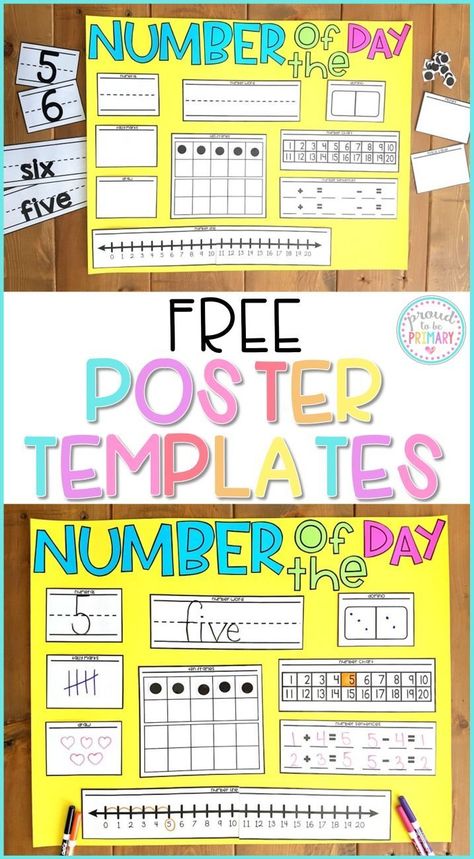 The child goes to the first grade, and the daily routine of the first grader is a schedule that allows you to alternate study, rest and other tasks to facilitate adaptation to school.
The child goes to the first grade, and the daily routine of the first grader is a schedule that allows you to alternate study, rest and other tasks to facilitate adaptation to school.
First-graders are at an age when emotions are overflowing, and emotional instability can occur, often associated precisely with overload. And this leads to the emergence of chronic fatigue, rapid fatigue, absent-mindedness, reduced concentration of attention, and mistakes in learning.
To balance the load during the day, the regime allows, it accustoms the child's body to a certain routine, and the first-grader becomes more stress-resistant. Proper distribution of the load helps to do more and better learn the material, and then the child learns better and does not lose motivation.
Source: flickr.com / Mlchiko Gehrig
How to create a daily routine for a first grader
The daily routine of a first grader largely depends on the school schedule. In full-time schooling, classes usually start at 8:00 and also end at a fixed time. At homeschooling, you can create a more flexible schedule that will take into account the characteristics of the child and the time of his peak activity.
At homeschooling, you can create a more flexible schedule that will take into account the characteristics of the child and the time of his peak activity.
<
However, there is a sample of the first grader's daily routine and general recommendations that will help parents build the correct daily routine for their child, regardless of the form of education.
Here's what a first-grader's daily routine might look like in full-time education.
And here's how you can build a young schoolchild's day on family education.
<
Rule 1. Wake up no later than one hour before class starts
This will help you get ready for your studies. Try to add a few minutes of extra time so that the child does not run to school in a hurry or rush to the computer monitor before he has time to pack up after getting up.
Rule 2: Pay Attention to Your Child's Quality Sleep
For first graders, sleep should be at least ten hours, so count this number from the time you wake up and make sure your child goes to bed at the same time every day.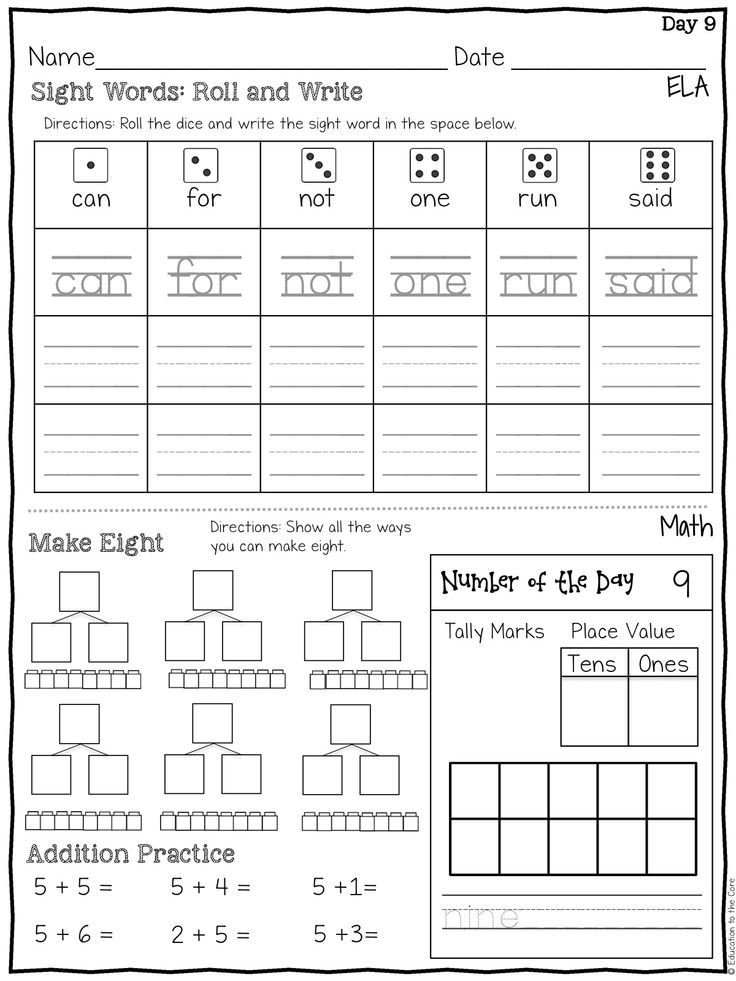
Rule 3. Include exercises in the daily routine
This will help the child's body wake up and prepare him for physical and mental stress during the day. We also recommend adding walks and sports or simple exercises to your daily routine. In order for the brain to be saturated with oxygen, it is necessary to spend at least an hour a day outside.
Rule 4. Try to alternate mental and physical activities with rest
For example, with walks and games, so that the baby has time to recuperate. Do not overload the child with additional circles and activities, make sure that he has enough time for a good rest.
Rule 5. Consider the biological clock of the child
It is believed that the peak of activity in first-graders falls on the period from 16.00 to 18.00, and after that there is a decline. You can leave the tasks that require mental stress, practicing reading and writing skills for this time, and in the evening pay attention to rest, communication with the family, developmental activities or circles.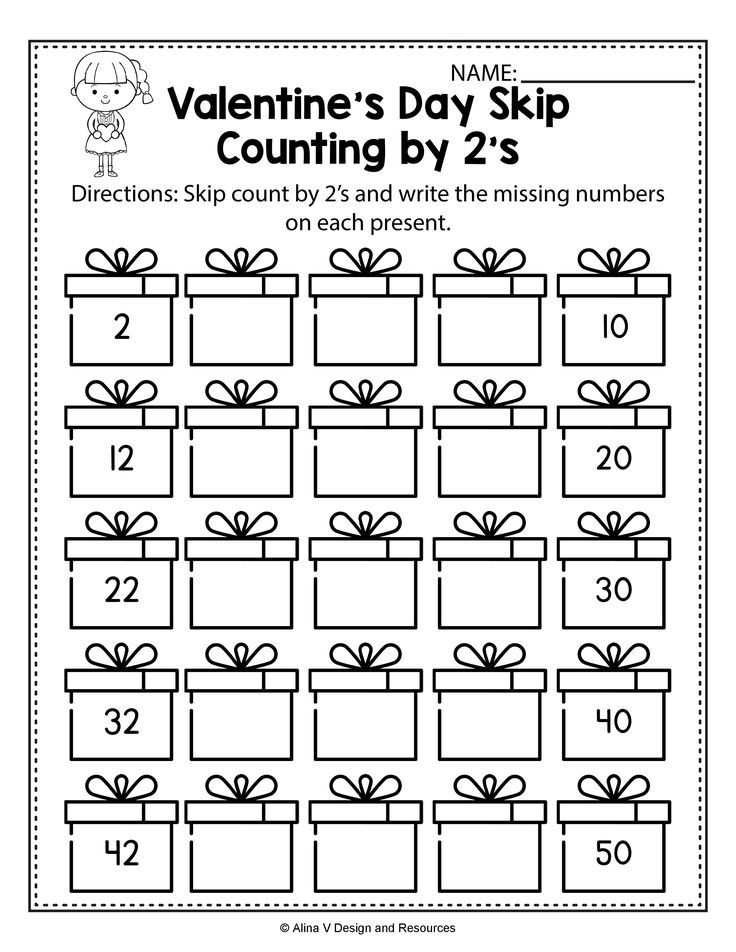
Rule 6. Make sure that the child eats five times a day
This is the number of meals recommended for first graders: breakfast, lunch, lunch, afternoon tea, dinner. Include more vegetables and fruits in the menu and try to reduce the amount of fried and spicy foods.
Rule 7. Teach your child to be independent
Let him not only get used to completing school assignments, but also prepare a backpack for the next day in the evening. To do this, you can attach leaflets on magnets to a special board, on which it will be written what needs to be put in a backpack.
<>
We hope that these simple recommendations will help you create a harmonious daily routine for your child and make it easier for him to adapt to school workloads.
<
